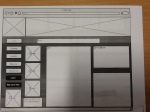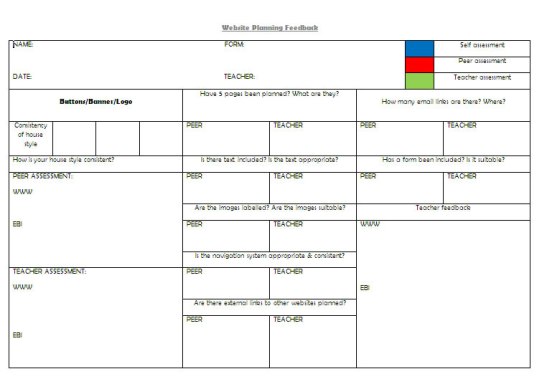For the last year we’ve had a new marking policy in school & it’s been working well (except for having to mark in green; I hate green). Students get more uniformed feedback which is done in the same way across all departments & teachers. I can certainly see the benefits of this. This year, we have a plan to create more independent learners so I’ve been trying Triple Impact Marking (TIM) in my lessons.
TIM involves self assessment, peer assessment & teacher assessment to improve & refine student work. Below is a video created for students to explain TIM:
When I am marking I often find that students are making mistakes which be easily rectified (i.e. capital letters, punctuation, etc). Alternatively, they’ve not fully met the assessment criteria because they’ve not referred back to it. TIM gives students the opportunity to assess & improve their work as well as giving them an opportunity to receive appropriate & constructive feedback from each other.
To ensure that students can differentiate between the types of feedback they’re getting, I have decided to ask them to use different coloured pens:
- Blue = self assessment as this stands out against either printed work or written work (our students must write in black)
- Red = peer assessment to help students differentiate between what their peers say or what I say
- Green = teacher assessment (standard colour across my school)
An example of a TIM sheet which I used with my Year 11 OCR Nationals class is below:
This form combines the assessment criteria with key questions. Students had to write in the boxes whether they could find the relevant features which need to be included on the website in order to achieve a Distinction grade (most students are Pass/Merit targets though I encourage all students to try to include the Distinction criteria).
I’ve also used literacy cards to help students with a starting point. I sometimes find that students aren’t 100% sure what they need to correct so I always start by giving them my literacy cards to prompt them which is especially important for the students in my class who have special educational needs.
Some students are slightly unfamiliar with the process & don’t find it easy to critique their own work never mind their peer’s work & that’s something I need to work to change. For example, a student tried to cross out some feedback which said that they hadn’t included external links. The student was adamant that were planning on including these external links (minimum of two needed for a Distinction) which I am sure they had; however, they hadn’t explained this on the plan & I sat explaining how this was really valuable feedback, that the moderator wouldn’t be able to question him, that he wasn’t going to get wrong, etc, etc. This student definitely saw the advantages when I’d explained why they were doing what they were doing. Some other students weren’t as receptive to the process.
I photocopied it on A3 paper so that students had plenty of room to write but the yellow was an accident. However, I think I will continue to put feedback sheets on yellow paper because both the students & I will be able to easily located it in files.
 This is an example of a page plan with annotated improvements (self assessment) which has conformed to the school’s marking policy (capital letters circled, spellings annotated with sp, etc). I felt that it was best if the students used the same marking system as I do so that they’re consistent and they know what each improvement actually is. Part of the appeal for me is that the students have already done some of the work; I won’t have to pick up all of the silly little mistakes that are more based on carelessness than lack of understanding or ability. As you can see from this example, the student has highlight some spellings & missing capital letters.
This is an example of a page plan with annotated improvements (self assessment) which has conformed to the school’s marking policy (capital letters circled, spellings annotated with sp, etc). I felt that it was best if the students used the same marking system as I do so that they’re consistent and they know what each improvement actually is. Part of the appeal for me is that the students have already done some of the work; I won’t have to pick up all of the silly little mistakes that are more based on carelessness than lack of understanding or ability. As you can see from this example, the student has highlight some spellings & missing capital letters.
My next step is to complete my side of the marking & add my comments onto the TIM sheet & get students to make the relevant improvements.
As a first attempt at TIM with this group, I felt that it could have gone better. Some students weren’t very focused & were a little bit silly in their attitudes but I think it can be a very valuable tool & it’s something which I will continue to use throughout this unit especially as they move onto building their website. Other groups will benefit & I think it’s a habit which you need to get them into so that they can see the value of it. Students needed prompting with this & support as to what they were doing though I expect that this will become easier as they go forward & do it more often.



No comments:
Post a Comment